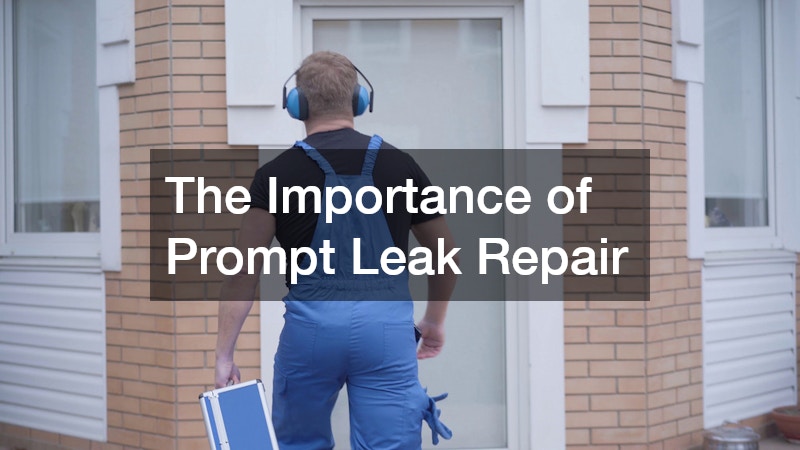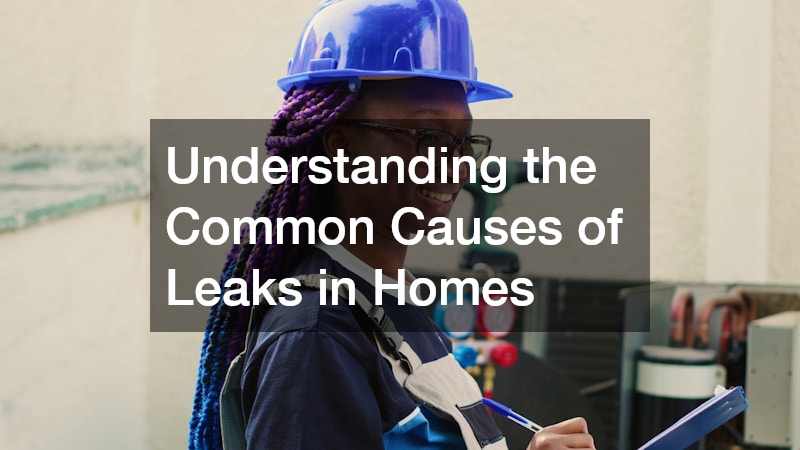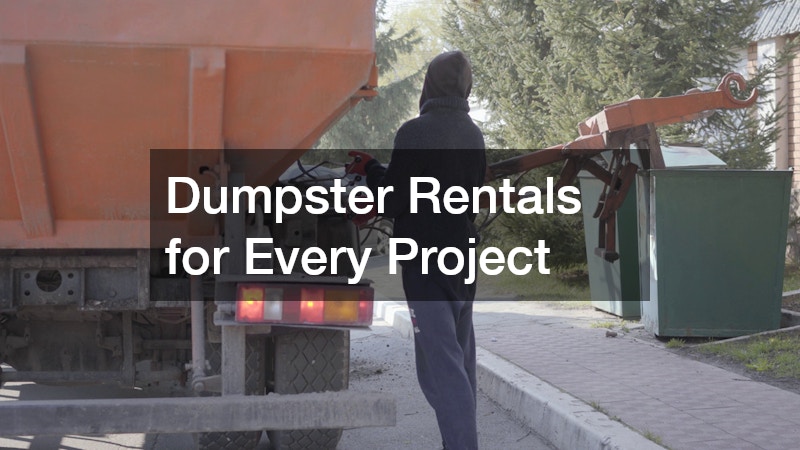Leaks in homes are more than just minor inconveniences—they can lead to structural damage, mold growth, and a range of other issues if left unaddressed. Identifying the sources of leaks early is essential for maintaining a safe and comfortable living environment. In this article, we explore the most common causes of leaks in residential properties and how homeowners can address them effectively.
Aging or Damaged Plumbing
One of the primary sources of leaks in homes is aging or damaged plumbing. Pipes made from older materials, such as galvanized steel, are prone to corrosion and rust over time.
This deterioration can weaken the pipe walls and result in small cracks or holes that allow water to escape. Additionally, the joints and fittings in plumbing systems can loosen with age, creating gaps where leaks can develop. Even modern plumbing materials like PVC or PEX can experience leaks if they are improperly installed or subjected to high water pressure. Regular inspections of your plumbing system can help detect these issues early and prevent significant water damage.
Roof Damage and Faulty Flashing
The roof of a home is its first line of defense against water intrusion, but it is also a common source of leaks. Damaged shingles, missing tiles, or deteriorated underlayment can allow rainwater to seep into the attic or ceilings. Flashing, which seals the joints around chimneys, vents, and skylights, can also wear out over time. If flashing becomes loose or cracked, water can bypass the roof covering and create leaks inside the home. Homeowners should check their roofs regularly, especially after severe weather, and ensure that all roof components are properly maintained to minimize the risk of leaks.
Foundation and Basement Issues
Leaks can also originate from a home’s foundation or basement. Cracks in the foundation walls or floors can allow groundwater to seep into the lower levels of the home, particularly during heavy rainfall or rapid snowmelt. Poor grading around the home can exacerbate the problem by directing water toward the foundation rather than away from it. In addition to structural concerns, foundation leaks can lead to damp conditions that encourage mold growth and musty odors. Addressing drainage issues, sealing foundation cracks, and monitoring basement moisture levels are crucial steps in preventing leaks from this source.
Appliance and Fixture Failures
Household appliances and fixtures are another common origin of leaks. Washing machines, dishwashers, water heaters, and refrigerators with water dispensers or ice makers all rely on plumbing connections that can fail over time. Hoses may crack, valves may loosen, and internal components can malfunction, allowing water to escape. Similarly, faucets, showerheads, and toilets can develop leaks due to worn-out seals, gaskets, or valves. Routine maintenance, including inspecting hoses and tightening connections, can help prevent leaks from appliances and fixtures before they cause extensive damage.
Poor Sealing Around Windows and Doors
Water intrusion around windows and doors is a frequently overlooked cause of leaks in homes. Over time, caulking and weatherstripping can degrade, leaving gaps where rainwater can penetrate. Improper installation of windows and doors can also contribute to leaks, especially if the exterior trim or flashing fails to divert water away from the home. Regularly checking the seals and reapplying caulk or weatherstripping as needed can significantly reduce the risk of leaks from this source.
Clogged Gutters and Downspouts
Gutters and downspouts play a vital role in directing rainwater away from the home, but when they become clogged with leaves, debris, or ice, water can overflow and find its way into the roof or foundation. This overflow can cause leaks in the attic, walls, or basement, depending on the home’s design. Keeping gutters and downspouts clean and ensuring that they are properly pitched can prevent water from pooling near vulnerable areas of the home.
The Importance of Prompt Leak Repair
Regardless of the source, leaks in homes require prompt attention. Even small leaks can escalate into serious problems if ignored, including structural damage, mold growth, and compromised indoor air quality. Leak repair should begin with identifying the exact source of the water intrusion, followed by appropriate measures to stop it and restore affected areas. Professional plumbers or leak repair specialists can provide guidance and service to address leaks safely and effectively.
Leaks in homes can arise from a variety of sources, ranging from aging plumbing and roof damage to appliance failures and foundation issues. By understanding the common causes, homeowners can take proactive steps to detect and address leaks before they cause significant damage. Regular maintenance, inspections, and timely leak repair are essential for preserving the safety, comfort, and value of a home. Addressing potential vulnerabilities early not only protects the property but also promotes a healthier living environment for everyone inside.




